49+ Correlational Study Examples to Download
Imagine you’re playing a game of darts. You throw a dart at the board, and you notice that every time you aim at the bullseye, you score higher points. This is a simple example of a correlation – a relationship between two things. Correlational studies are a type of research that helps us identify and understand these relationships in a more formal way.
1. Correlational Study of Nature Awareness
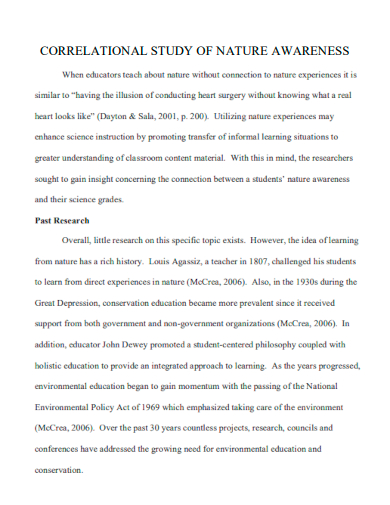
eric.ed.gov
2. Correlational Study of the Relationship Academic Performance

rdw.rowan.edu
3. Correlational Study on Teachers Social Emotional Learning
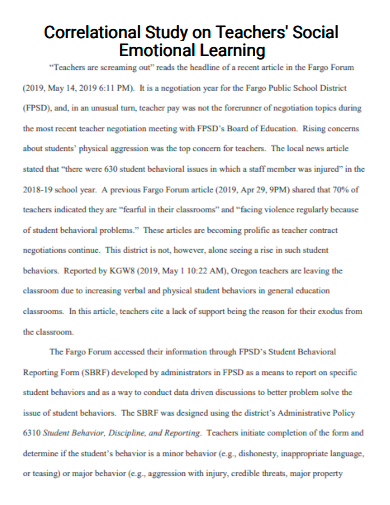
red.mnstate.edu
4. Statistical Control in Correlational Studies

kenan-flagler.unc.edu
5. Correlational Study Instructional Program
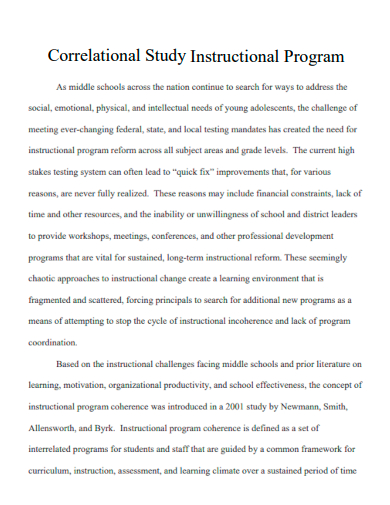
cdr.lib.unc.edu
6. Correlational Study of Self-Regulation
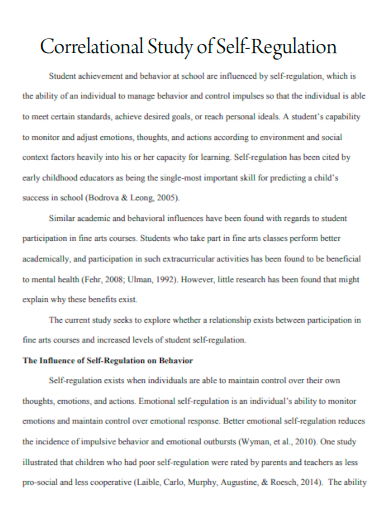
marshall.edu
7. Correlation Study on the Relationship of Motivation
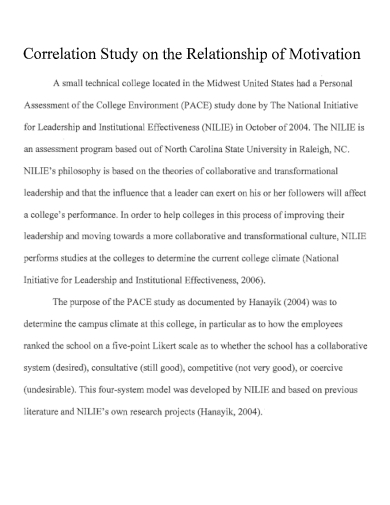
uwstout.edu
8. Correlational Study of Help Seeking
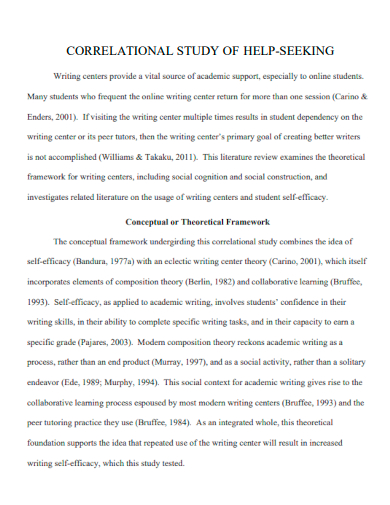
digitalcommons.edu
9. Correlational Study to Evaluate the Effectiveness
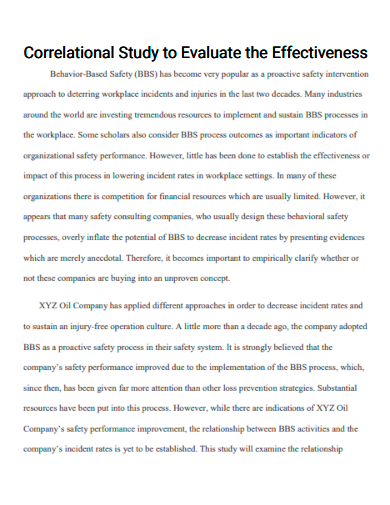
researchrepository.wvu.edu
10. Correlational Study Using Publicly Available Data
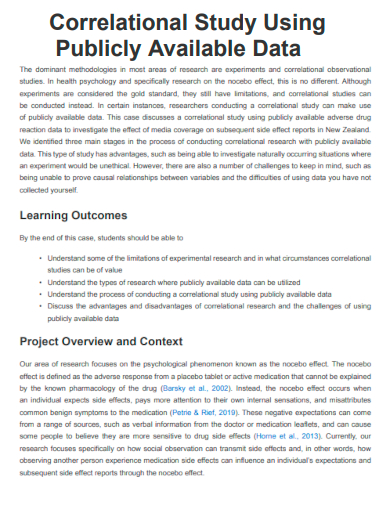
wpmucdn.com
11. High School Correlational Study
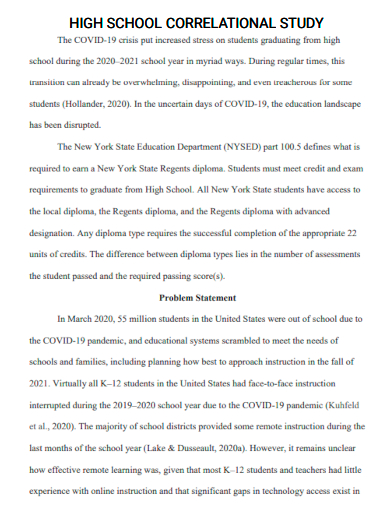
stjohns.edu
12. Ratio and Mood Change Correlational Study
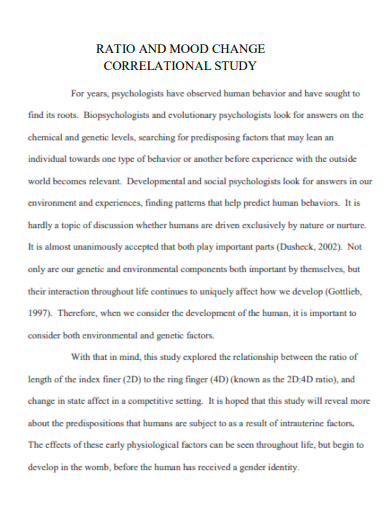
calstate.edu
13. Correlational Study of Online Communication
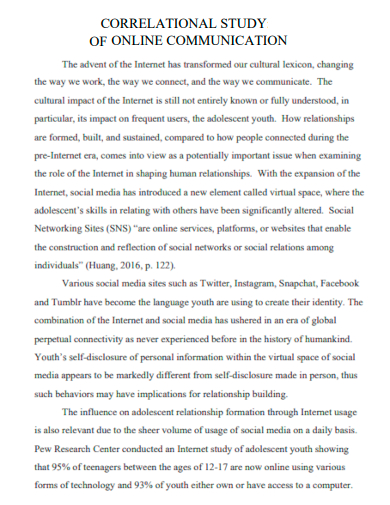
chhs.fresnostate.edu
14. Correlational Study Experimental Design

psychology.uiowa.edu
15. Descriptive Correlational Study of the Decision Making
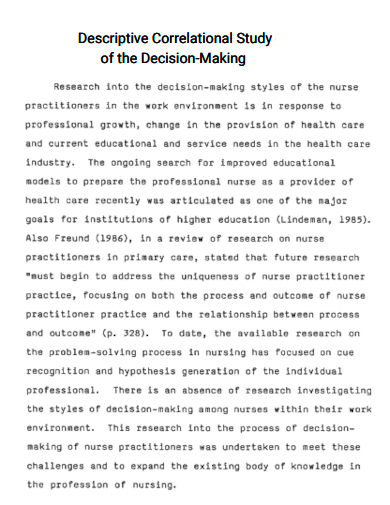
sandiego.edu
16. Correlational Study of Private School Enrollment

csp.edu
17. Correlational Study of Emotional Intelligence
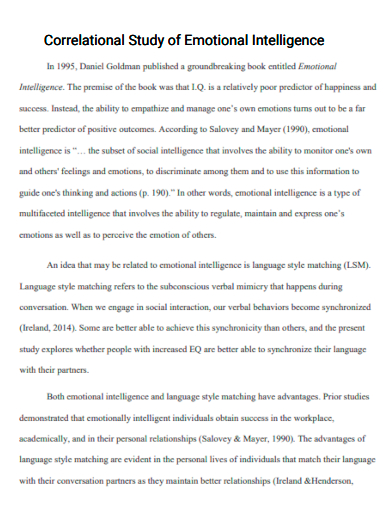
ucf.edu
18. Quantitative Workbook for a Correlational Study
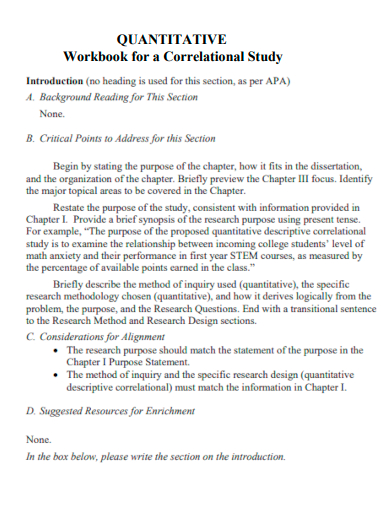
fdc.edgecastcdn
19. Correlational study of psychological variables
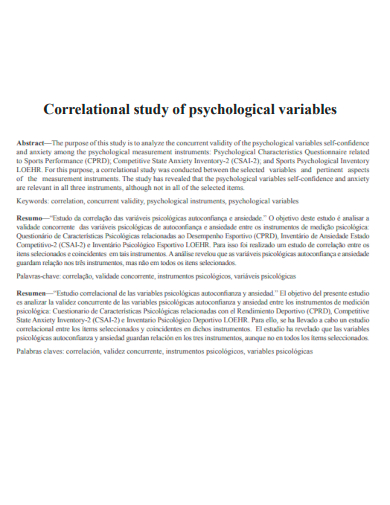
neuroptimal.com
20. Physical Activity Correlational Study
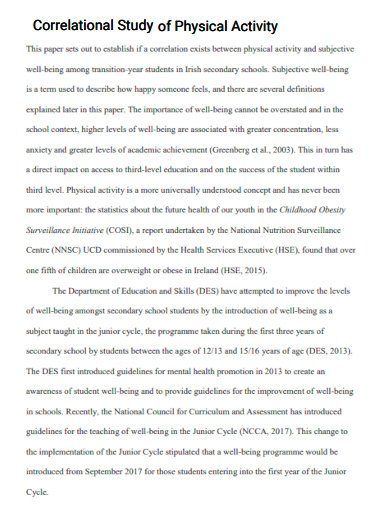
arrow.tudublin.ie
21. Correlational Study of Academic
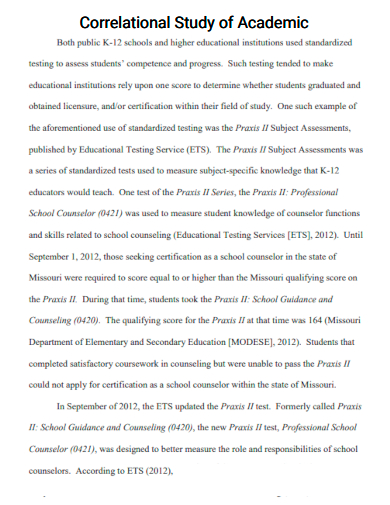
lindenwood.edu
22. Transformational Leadership Correlational Study
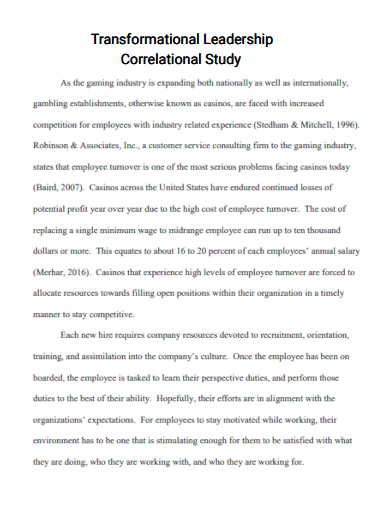
umassglobal.edu
23. Correlational Study of Individual Entrepreneurial
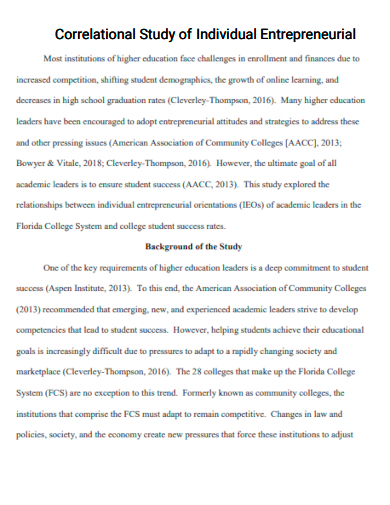
firescholars.seu.edu
24. Correlational Study of Proficiency Level Assessment
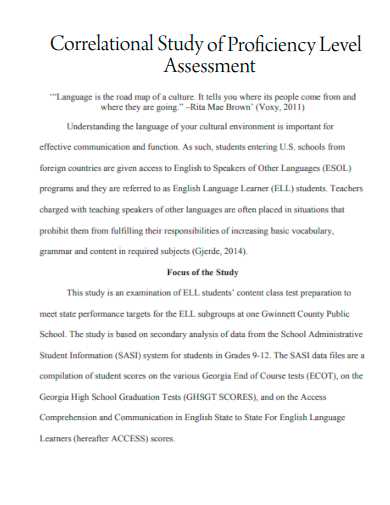
fiu.edu
25. Predictive Correlational Study
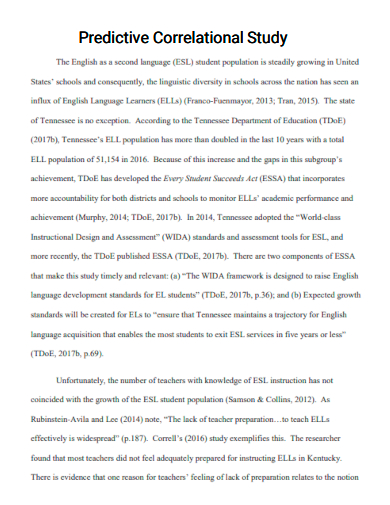
memphis.edu
26. Correlation Study of lifestyle knowledge

sciencedirectassets.com
27. Correlational Study to Investigate Factors
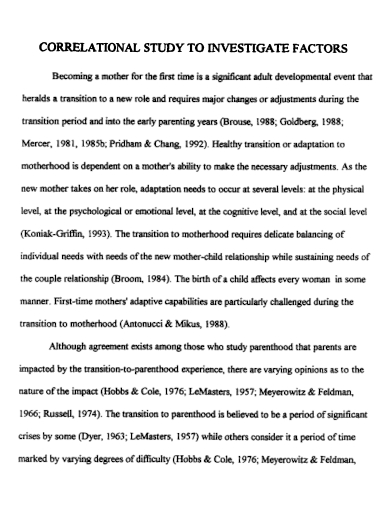
collectionscanada.gc.ca
28. Correlational Study Examining the Relationship

cedarville.edu
29. Correlational Study in Nursing and Health Research
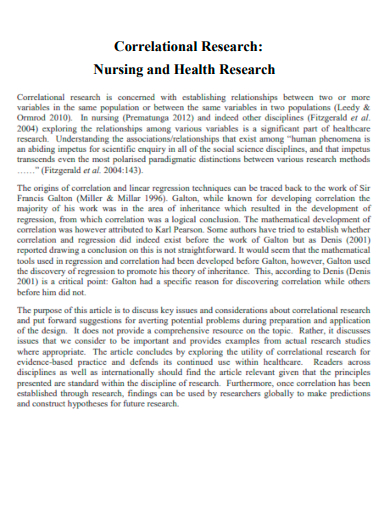
tara.tcd.ie
30. Correlational Study and Randomised Controlled Trial
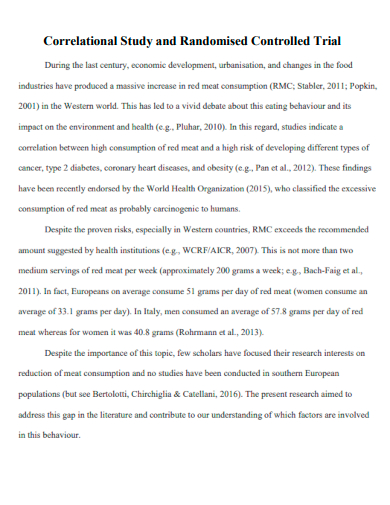
whiterose.ac.uk
31. Correlational Study of University
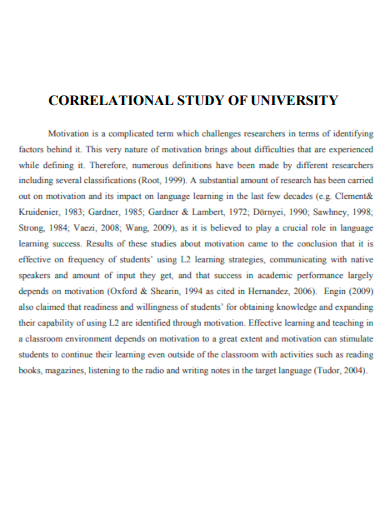
acarindex.com
32. Correlational Study of Servant Leadership
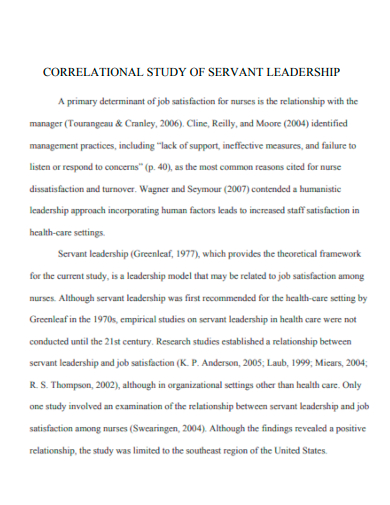
servantleaderperformance.com
33. Correlational Study of Self-Regulated Learning

ir.lib.uwo.ca
34. Correlational Study on Physical Therapy
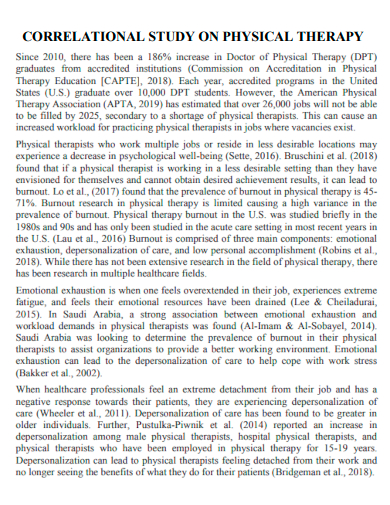
apta.org
35. Correlational Study the Neuro Developmental
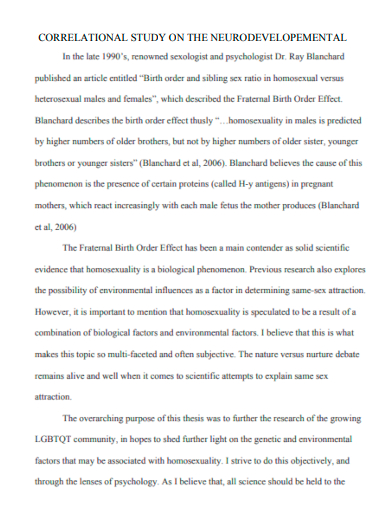
txstate.edu
36. Invented Spelling Correlational Study
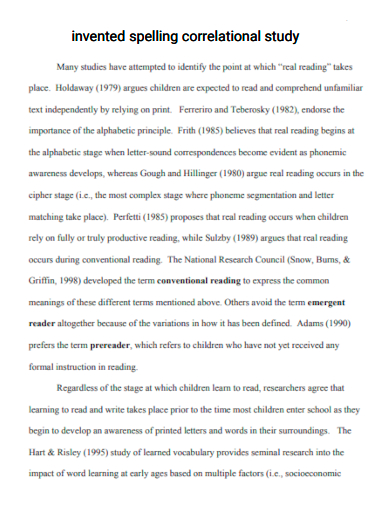
lsu.edu
37. Correlational Study of School Board Associations
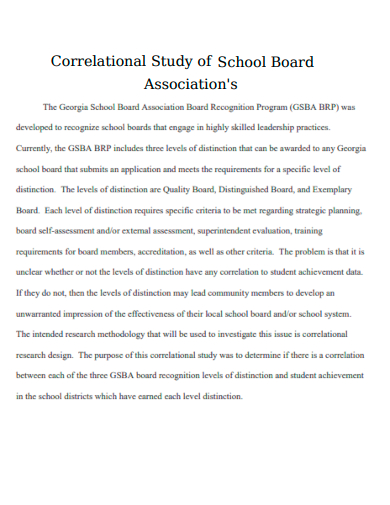
georgiasouthern.edu
38. Correlational Study of Mental Health

ijip.in
39. Specific Personality Correlational Study
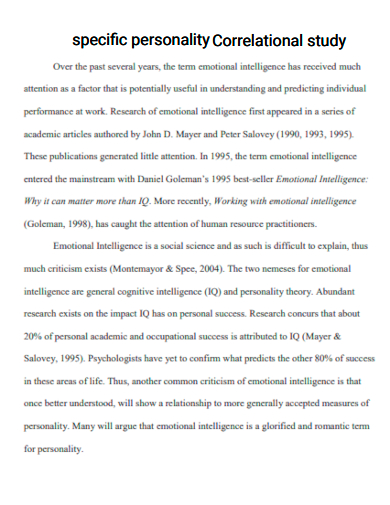
pepperdine.edu
40. Correlational Study of One Multi-Site Program

academicworks.cuny.edu
41. Correlational Study of Personality
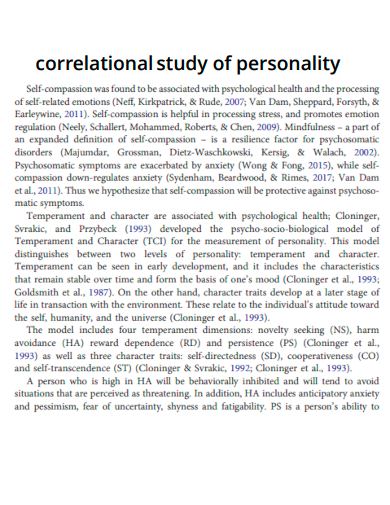
self-compassion.org
42. Sleep Quality Correlational Study

byu.edu
43. Correlational Study on Learning Style
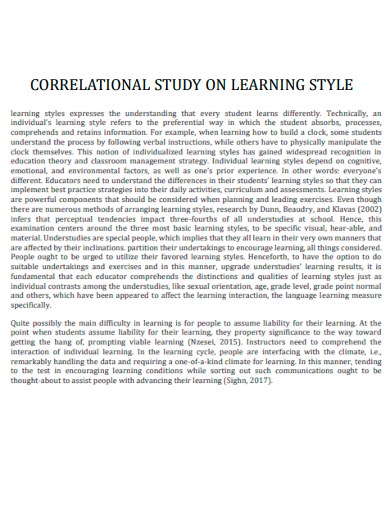
ilkogretim-online.org
44. Correlational Study on Mother Tongue
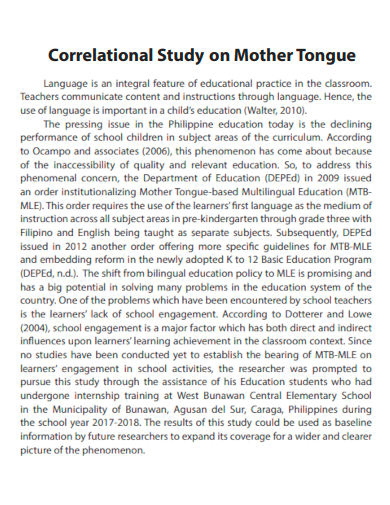
aseanresearch.org
45. Comparative and Correlational Study of Self-Efficacy
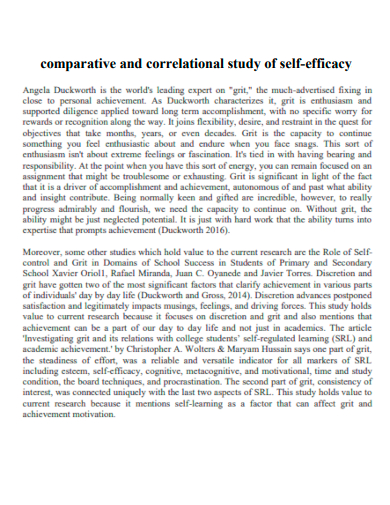
alphr.com
46. Correlational Study in Postgraduate Graduates
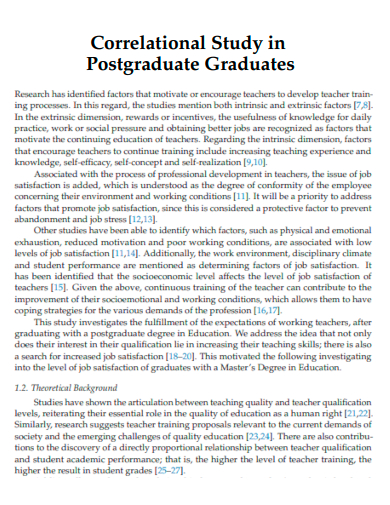
mdpi-res.com
47. Correlational Studies in School Science
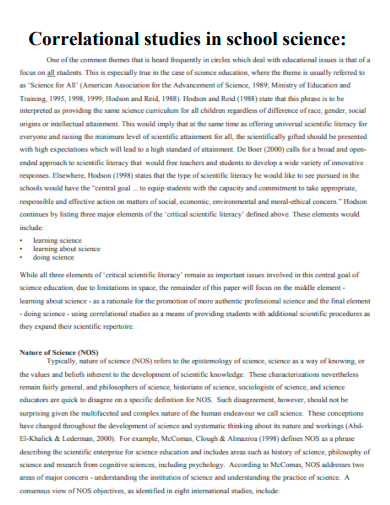
uobabylon.edu.iq
48. Vocabulary Mastery Correlational Study
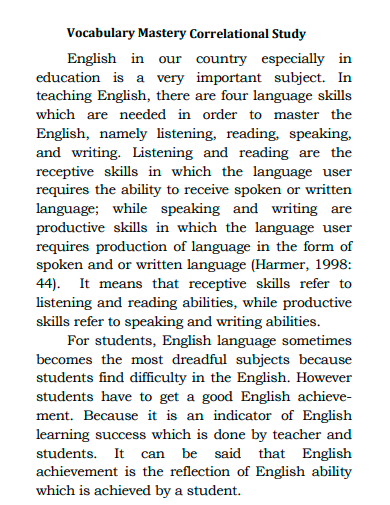
ums.ac.id
49. Correlational Study of Poverty
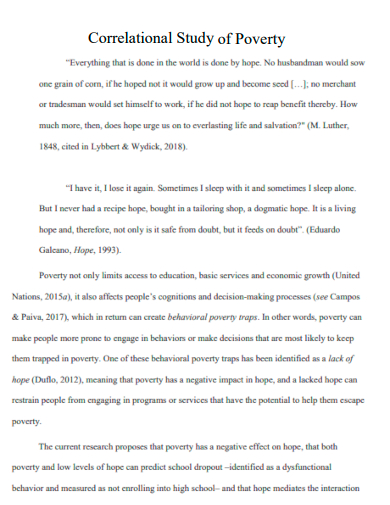
arno.uvt.n
50. Correlational Study of Safety Culture
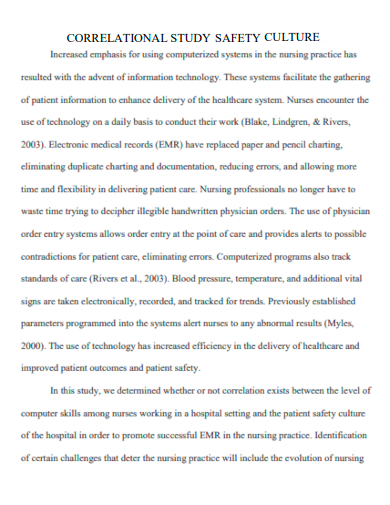
rutgers.edu
What is a Correlational Study?
A correlational study is a type of research design that examines the statistical relationship between two or more variables. In a correlational study, the researcher measures the variables of interest and then analyzes the data to determine whether there is a correlation, or association, between the variables.
The correlation coefficient, which ranges from -1 to 1, is used to indicate the strength and direction of the relationship between the variables. A positive correlation coefficient indicates that the variables are positively related, meaning that as one variable increases, the other variable tends to increase as well. A negative correlation coefficient indicates that the variables are negatively related, meaning that as one variable increases, the other variable tends to decrease.
How to do a Correlational Study
It’s important to note that correlational studies cannot determine causation, meaning that a correlation between two variables does not necessarily mean that one causes the other. Correlational studies can, however, provide valuable information about the strength and direction of relationships between variables, which can help inform further research or practical applications. Here are the general steps to conduct a correlational study:
Step 1: Choose the variables
Identify the variables that you want to study and determine how you will measure them. For example, if you want to study the relationship between stress and academic performance, you might measure stress using a questionnaire and academic performance using grades and then establish a null hypothesis.
Step 2: Select the participants
Decide the characteristics of who will participate in your study. You might choose a specific population, such as college students, or a random sample from the general population.
Step 3: Collect data
Administer your measures to your participants and collect the data. Ensure that your measures are reliable and valid.
Step 4: Analyze the data
Use statistical software to calculate the correlation coefficient between the variables. A variety of correlation coefficients exist, including Pearson’s r and Spearman’s rho.
Step 5: Interpret the results
Interpret the results of the correlation coefficient whether they are positive or negative correlation by considering the strength and direction of the relationship between the variables. Remember that correlation does not equal causation, and other variables may be influencing the positive or negative reinforcement relationship.
Step 6: Draw conclusions
Based on your results, draw conclusions about the relationship between the variables. Consider how the results might be useful in informing further research or practical applications.
FAQs
What is the difference between correlation and causation?
Correlation refers to the statistical relationship between two variables, while causation refers to a relationship in which one variable causes a change in the other. Correlation does not necessarily imply causation and other variables may be influencing the relationship.
What types of variables can be used in a correlational study?
Correlational studies can examine the relationship between any two or more variables, such as demographics, attitudes, behaviors, and physiological measures.
What are some limitations of correlational studies?
Correlational studies have several limitations, including their inability to establish causation, the potential for third variables to affect the results, and the fact that correlation does not indicate the direction of the relationship. Additionally, correlational studies may suffer from biases related to the selection of participants or the measures used to assess the variables of interest.
In conclusion, correlational studies are an important research design for examining the statistical relationship between two or more variables. While correlational studies cannot establish causation, they can provide valuable information about the strength and direction of relationships between dependent and independent variables. Correlational studies can be used to study a wide range of variables, including demographics, attitudes, behaviors, and physiological measures. However, it is important to control for third variables and be aware of potential biases when conducting correlational studies. Overall, correlational studies can inform further research and practical applications in a variety of fields, from psychology and sociology to medicine and public health.


